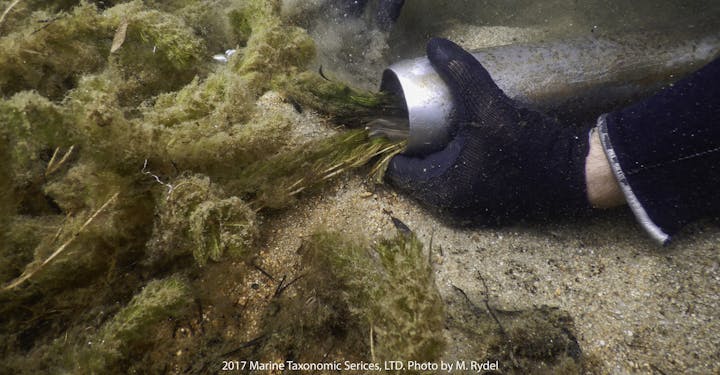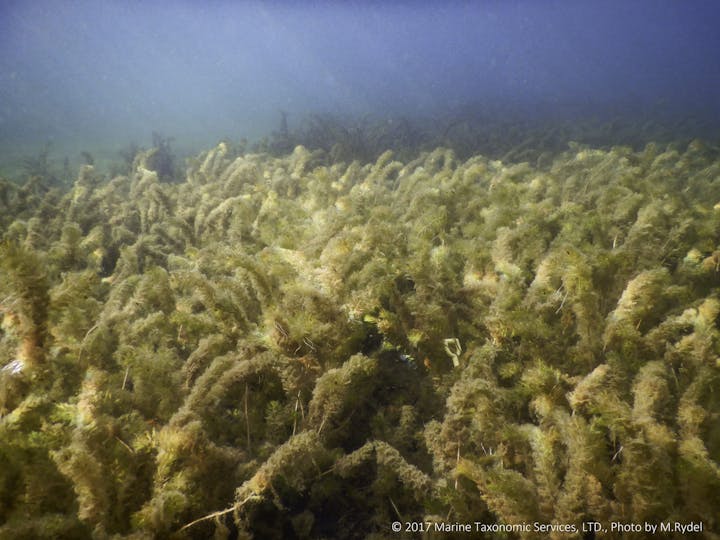Aquatic Invasive Species Program
Aquatic invasive species (AIS) have devastating environmental and economic impacts on businesses, communities, and native species populations. Most invasive species do not have predators to keep their populations in balance and once introduced, are difficult if not impossible to eradicate. Unfortunately, many invasive species such as New Zealand mudsnails, Asian clams, Eurasian watermilfoil, and curly-leaf pondweed have already been introduced into Lake Tahoe.
Tahoe RCD works to prevent the introduction of new invasive species, educate the public on AIS, control existing populations of AIS, and monitor for new populations around the Lake. Tahoe RCD is the co-chair of the Lake Tahoe Aquatic Invasive Species Coordination Committee (LTAISCC), designed to collaborate on prevention, control, and early detection of AIS.
Prevention and Education are performed primarily by the Prevention Program through watercraft inspections and outreach campaigns. Control and Monitoring are performed by the Control Program.
Tahoe RCD works in 4 primary ways to combat AIS in Lake Tahoe:
- Prevent the introduction of new invasive species
- Educate the public about invasive species
- Control (remove) existing invasive species
- Monitor for new invasive species populations


What Species are we preventing, and what species are we controlling?
Invasive Plant Species:
The Control program works with public and private partners to remove populations of Eurasian watermilfoil (Myriophyllum spicatum) and curly-leaf pondweed (Potamogeton crispus).
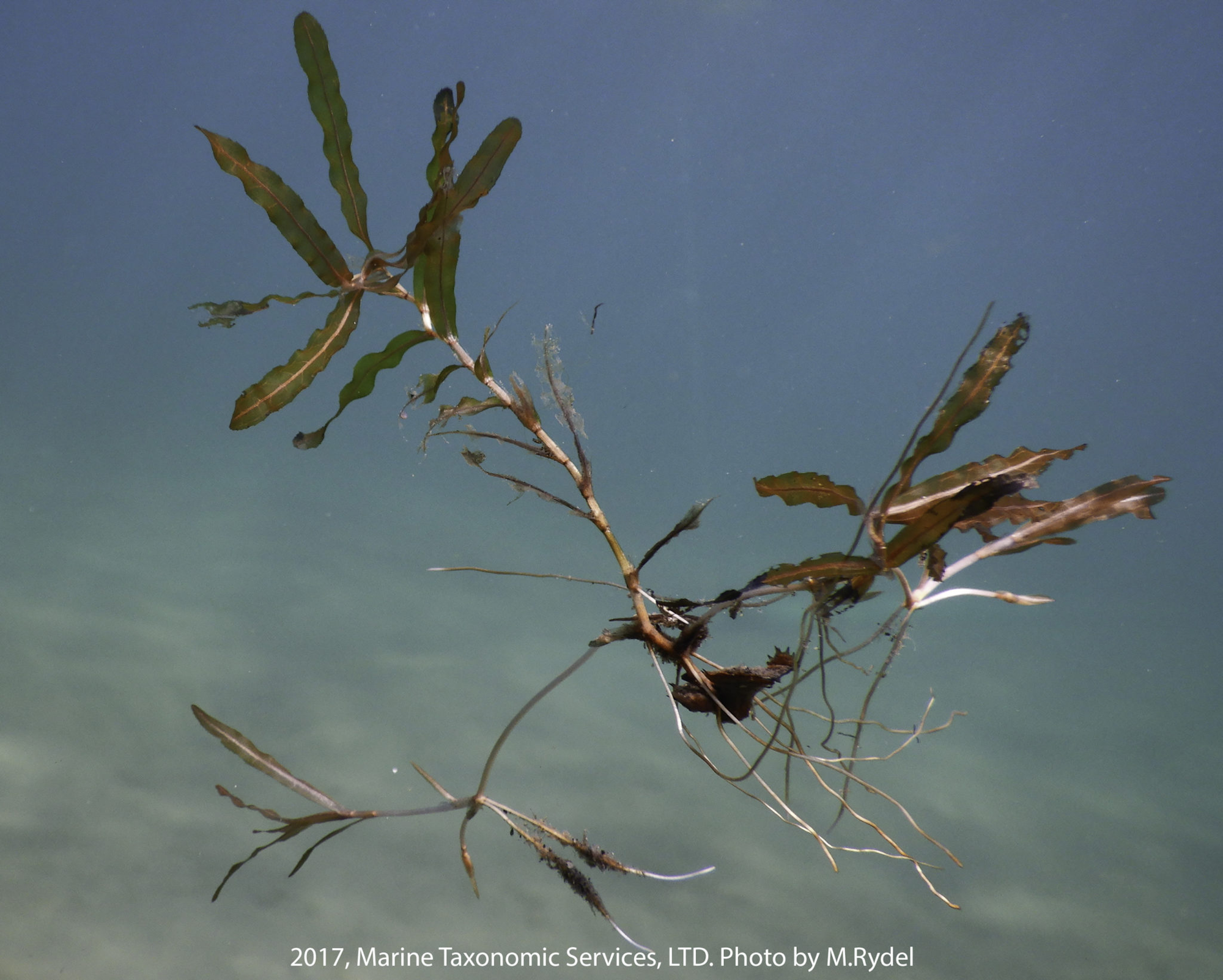

Invasive Animal Species:
The Prevention program works to prevent all invasive species from entering the lake. This helps to prevent new invasions and the spread of existing AIS. Of the species not currently found in Lake Tahoe, the biggest threat is posed by quagga mussels (Dreissena rostriformis bugensis) and zebra mussels (Dreissena polymorpha). In 2023, the invasive, New Zealand mudsnail (Potamopyrgus antipodarum) was unfortuntely introduced into Lake Tahoe.
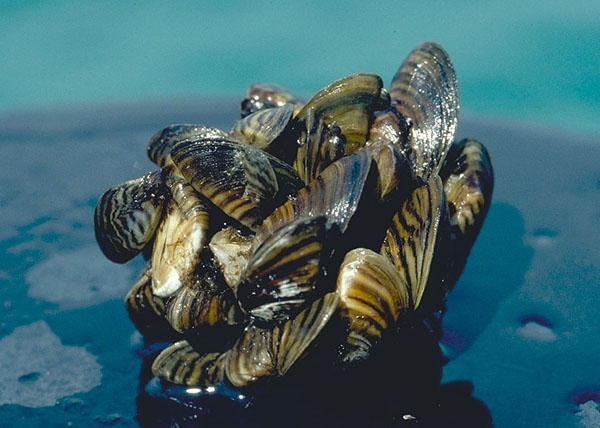

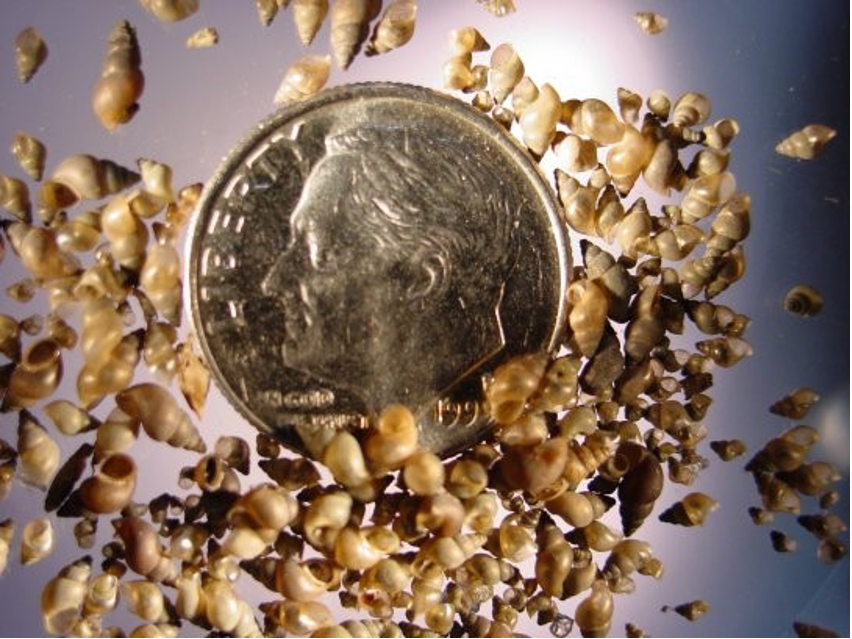
Native and naturalized species
Invasive species such as quagga mussels, zebra mussels, Asian clams, and New Zealand mudsnails should not be confused with native aquatic mollusk species. The Western pearlshell mussel (Margaritifera falcata) and the Great Basin rams-horn snail (Helisoma newberryi), shown below, are native to the Lake Tahoe basin and an important part of the local ecosystem. If you observe these species, please do not handle or disturb them.



